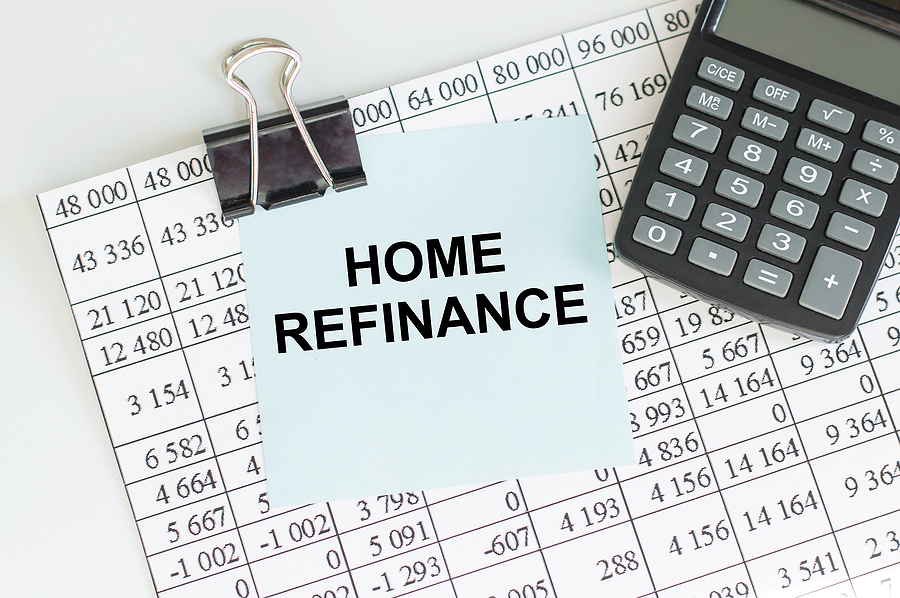Rate lock volume fell 4.7% month-over-month in November, Black Knight’s latest Originations Market Monitor report found. It is the third straight month of overall declines.
The drop was driven by rate/term refinance originations, which fell 9.4% from October and almost 65% year-over-year (YOY), its lowest level since February 2020. Rate/term refinance dropped in eight out of eleven months in 2021.
Locks on purchase and cash-out refinance fell 3.9% and 2.5% from October, respectively. However, they are still higher than 2020, with purchase locks up 13% YOY and cash-outs up 36% YOY.
“While 30-year rates ended November relatively flat from where they were at the start of the month, there was some volatility in rate offerings throughout the month,” said Black Knight Secondary Marketing Technologies President Scott Happ.
“Rates moved up and down within a roughly 21 basis point range throughout the month as the market digested news of both the Fed’s tapering announcement and the new Omicron variant. Indeed, our OBMMI daily interest rate tracker showed average offerings reaching as high as 3.36% in the week leading up to Thanksgiving before settling.”
Refinance overall stayed at 45% of the total market share, its lowest level since June 2021.
Cash-outs are expected to remain elevated as home prices continue to grow. Last week, the price of the most common home in the U.S. was $340,215, up 5.9% YOY.
“While the rate of home price growth has slowed, it is still historically quite robust. As a result, we continue to see non-conforming jumbo loan products gain market share at the expense of agency volumes,” Happ said.
“With higher conforming loan limits announced by the FHFA taking effect at the start of 2022, it will be interesting to see to what degree this trend persists. As it is, the average loan amount rose another $7,000 to reach $337,000 in November.”
Mortgage giants Fannie Mae and Freddie Mac have raised their limits on government-backed loans to $647,200 in most of the country and nearly $1 million in some high-cost American communities. This 18% hike in the size of conforming loans is the highest single jump since at least 1970.
